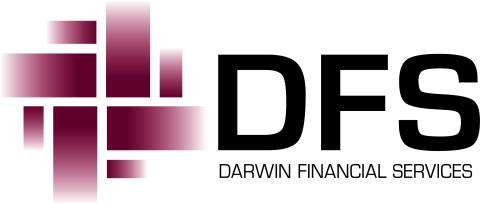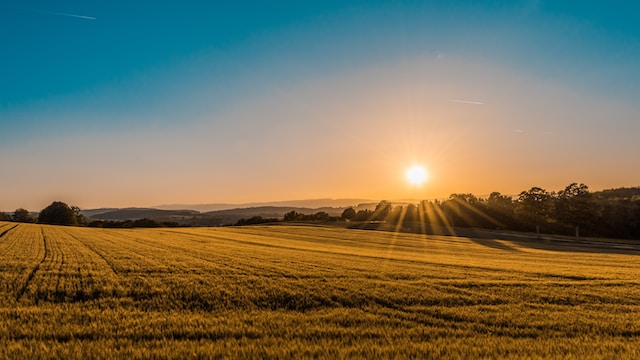The cost of agricultural land in Australia is set for a “double digit” percentage growth through 2023, following three seasons of solid financial performance by the sector.
But, with rising interest rates and potentially less favourable weather conditions could come a slowdown in the market, according to a new report by Rabobank.
High commodity prices and good weather conditions for most of Australia saw land prices increase by nearly 30 per cent in both 2021 and 2022.
“Prices for most major commodities reached record highs, widespread rainfall supported agricultural yields – which also surpassed historical records in some regions,” report author, RaboResearch agriculture analyst Vitor Pistoia said.
Sales for 2023 so far have continued to break records, but the bank warned a slowdown could kick in from next year and potentially last until 2028.
Increasing interest rates, along with the expected onset of El Nino bringing drier weather to Australia may hamper agricultural yields and impact farmers’ appetite for buying land.
Rabobank research from the first quarter of 2023 revealed demand remains high, with seven per cent of Australian farmers intending to buy land in the next 12 months.
“Currently, cash already available in the system and stocks of grains and livestock ready to enter the market remain the key factors driving land price growth,” Mr Pistoia said.
“Commodity prices are likely to remain at good levels for farmers for the next one to two years. However, the drier forecast may result in lower yields and reduced margins, while rising interest rates will curtail long-term investment plans.”
The latest report analysed Digital Agricultural Services farmland sales data which excludes lifestyle and non-market transactions.
In 2022, the cost of cropping land increased by 29 per cent, livestock grazing land by 26 per cent and dairy by 29 per cent, the data showed.
All states saw an increase, with South Australian farmland prices rising the most at 34 per cent.
Duncan Murray
(Australian Associated Press)





